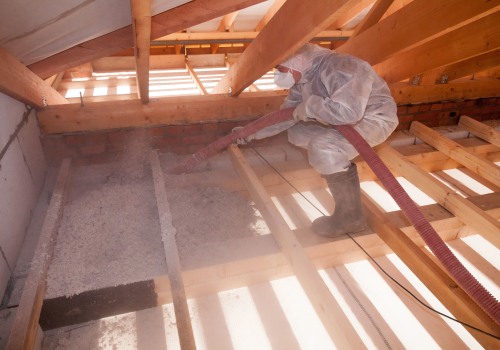The simplest way to patch a leaking air duct is to use adhesive tape. This is a quick and easy solution, but not a long-term one. You can either take a DIY approach or hire a professional. The downside of DIY methods is that you need to know where the leak is located.
A much better long-term solution would be to ask a professional to apply a liquid rubber sealant or hot polymer glue through the system. There are various techniques and materials for sealing air ducts, depending on the location and severity of the leak. To identify the source of the leak, take a flashlight and inspect each joint for signs of air leaks or any visible tear or damage. Considering the positive impacts, it's essential that all homeowners keep their ducts in good condition.
If you want your air conditioning system and large appliances to work optimally, save money by being energy efficient, and keep your home healthy by eliminating indoor air pollution, sealing your air ducts is worth it. Duct cleaning is the standard for HVAC testing among home inspectors and is done by sealing a home's ventilation grilles, pressurizing the ducts, and then measuring leaks. However, sealing the air ducts without considering other air holes in the house is like leaving most of the windows open and wondering why wasps fly into the house. Each part of the duct to be sealed must be sealed from the outside and pressurized to ensure that the aerosol does not escape. Over time, the tape will come off and you'll have to re-seal the air duct, except this time there will be adhesive tape left in the duct, which can complicate the task a bit. The air ducts work by providing convenient ways for air from the air conditioning equipment to flow to desired rooms. The supply ducts bring air conditioning to the house, while return ducts draw air from inside the house and return it to the air conditioning system.
An average home can lose 20-30% of its air conditioning due to air duct leaks, some of which are invisible to the naked eye. Since the air duct is sealed, glue will settle in any cracks in the duct, where it will dry and harden. It's interesting to discuss how sealing air ducts can help reduce your home's energy consumption. The cost of sealing depends on factors such as size and age of system, maintenance state, climate in area, and time elapsed since last cleaning and sealing of ducts. First of all, make sure that air circulates throughout the duct system; check if configuration of “fan” of air conditioning system is correct.
In addition to benefits for individual homeowners, sealing ducts is also an environmentally friendly option. Instead of traditional methods, Aeroseal uses hot polymer glue to seal ducts from inside out; this revolutionary technology can seal even smallest holes in ducts. To seal around wyes in a duct system, you need to identify where exactly they are located using a flashlight. Then you need to apply liquid rubber sealant or hot polymer glue depending on severity of leak.







